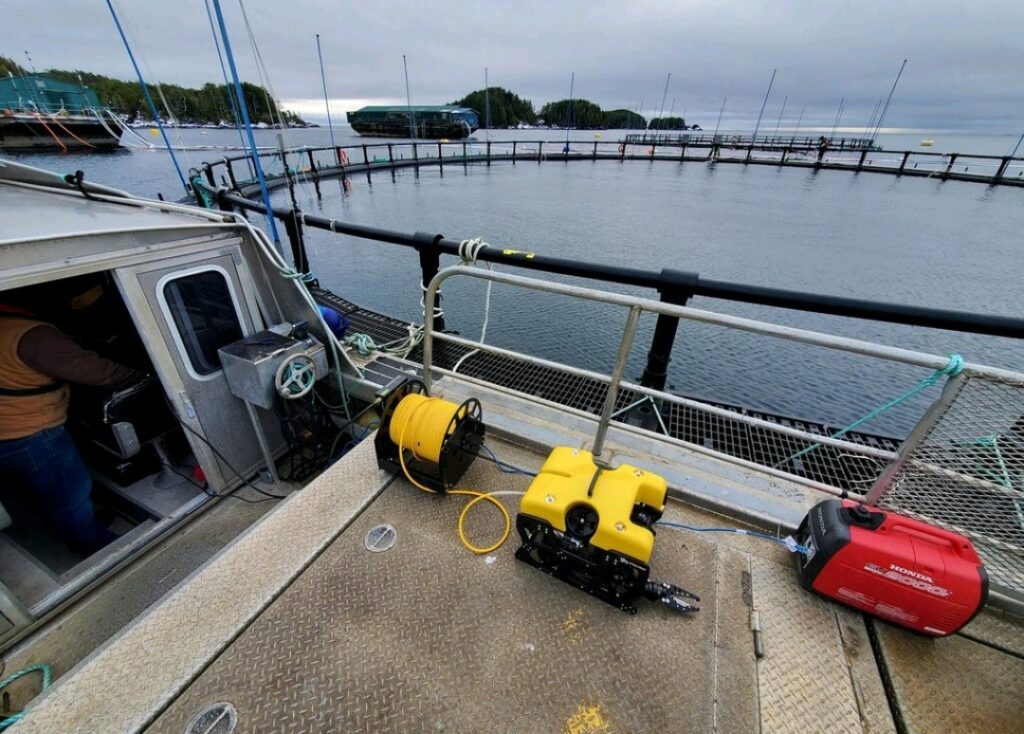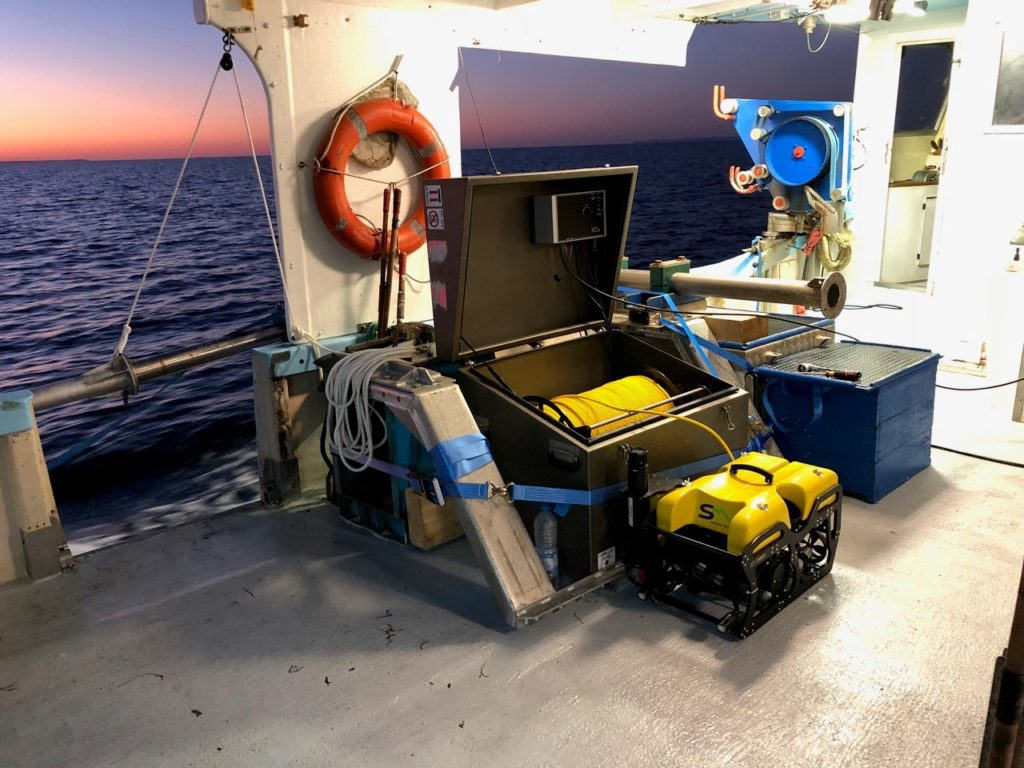Yes, there are significant differences in how long an ROV can work based on whether they are battery-powered or tethered ROVs.
Battery-Powered ROVs
Battery-powered ROVs carry their power source. Typically in the form of a rechargeable battery. The benefit is that this makes the ROV more maneuverable and more portable. However, the battery does add weight to the already limited payload of an ROV.
The duration a battery-powered ROV can work is limited by the capacity of its batteries. It is important to consider the power consumption of its active systems. A miscalculation means you run out of power mid-mission and that can lead to unpleasant situations trying to retrieve the ROV unharmed.
A battery powered ROV has its place for short tasks such a simple inspections and research in shallow waters. However, it does not make sense to opt for battery power if you need to do more than that.
SEAMOR ROVs have the same benefits of battery -powered ROVs but with unlimited tethered power. So, when in doubt of which ROV to get, consider the versatility of the model.
Tethered ROVs
Tethered ROVs connect to a power source and control station on the surface via a cable, typically referred to as the tether or umbilical. This cable provides power to the ROV and allows for real-time communication and control between the surface operator and the ROV. The limitations on mission duration due to battery life are solved. These ROVs (like our ROVs) draw power directly from the surface vessel or power source. As long as the tether remains intact and the surface power source is operational, tethered ROVs can remain submerged indefinitely. And many of our ROVs are true work-horses that rarely take a break, if ever, for a recharge.
The duration of missions of inspection class ROVs like ours at SEAMOR Marine varies vary depending on several factors.

Duration Factors
- Scope of Inspection. It is largely dependent on the scope and complexity of the inspection. If the ROV has to inspect a relatively small and straightforward underwater structure or area, the mission may be short, only lasting a few hours to a day. (Longer or more complicated inspections = tethered power is more suitable)
- Depth and Location. Deeper missions may require more time for descent and ascent.
- Data Collection. If the ROV is collecting extensive data, such as detailed visual inspections, sonar mapping, or other sensor data, the mission may be longer to ensure that all necessary information is gathered. (An example of where tethered ROVs excel over battery-power)
- Battery Life. Inspection class ROVs are often battery-powered, and the mission duration is limited by the ROV’s battery capacity. Typically, these ROVs are designed for relatively short missions compared to larger work-class ROVs. At SEAMOR we have opted for tethered power because we want to avoid charging times, short and repeated missions whenever possible. Simple and easy missions, even though they may be long, are preferable for many operators.
- Environmental Conditions. Adverse weather conditions, strong currents, or other environmental factors can impact the duration of an ROV mission. Safety concerns may necessitate shorter mission times under challenging conditions. SEAMOR ROVs will not run out of battery life in these rough conditions due to increased power requirements. (Rough conditions = consider tethered ROVs)
- Operator Expertise. The experience and expertise of the ROV operators can also influence mission duration. Highly skilled operators may be able to complete inspections more efficiently. Additionally, it makes sense to consider the training programs offered by your ROV manufacturer since each ROV is slightly different from the other. Extra practice can make a difference in challenging conditions.
In summary, battery-powered ROVs are great tools for small jobs. Tethered ROVs are usually a better call for longer, more challenging tasks. Find our more by getting in touch or reading our previous post here.

